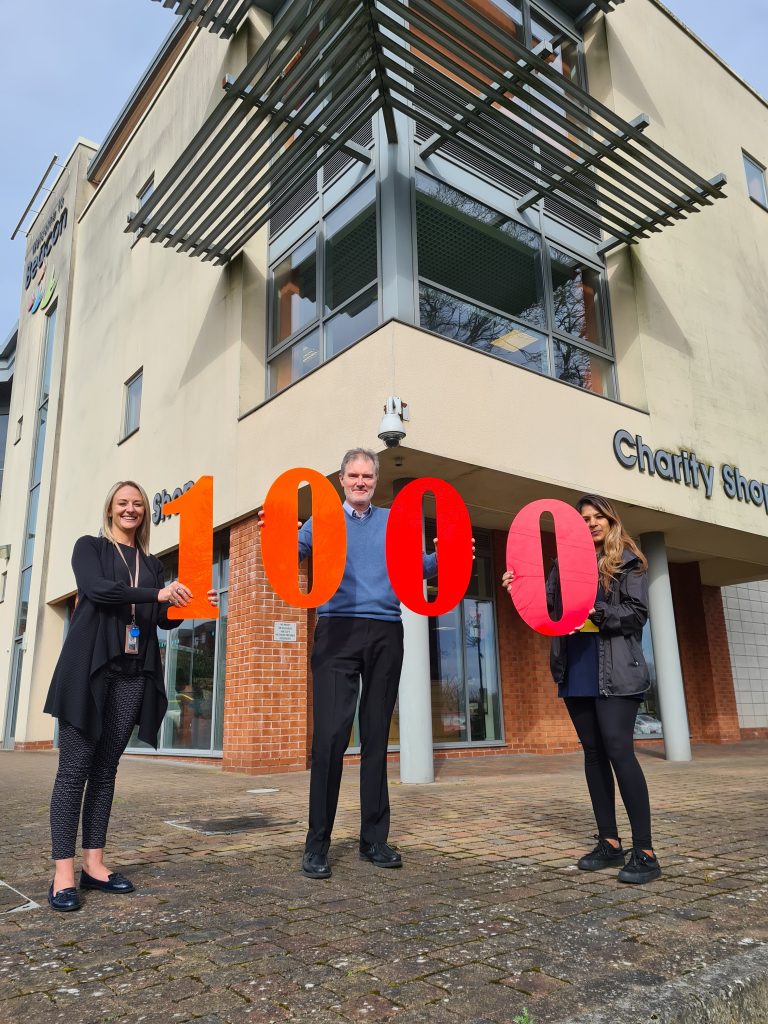
Community Engagement
As well as supporting people living with sight loss, we also help to raise awareness in our community and beyond.
Continue ReadingIf you or someone in your family has recently experienced sight loss, you might be looking for advice on a specific visual condition. Below, you can find out more about some of the most common conditions, to help inform you on some of the challenges and support that might be needed.
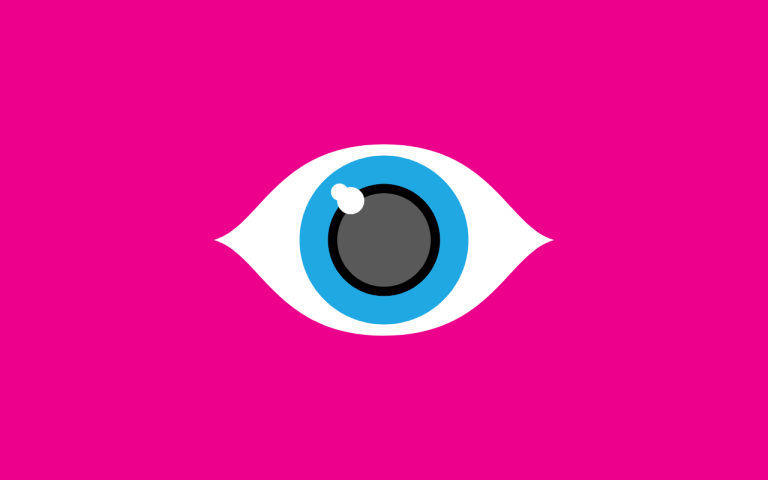
Age-related macular degeneration (AMD) is a condition which is normally found in people aged over 50. This condition means you lose your central vision, though you still have your peripheral vision.
For more information click here.
Cataracts cause your lens to become cloudy, making your vision blurred. The condition can affect one or both eyes, and usually develops when you get older, worsening over time. In the UK, age-related cataracts affect around half of people aged 65 and above. It can also affect children, although this is rare.
For more information click here.
Charles Bonnet Syndrome (CBS) causes people who have lost some sight to see things that aren’t actually there, also known as hallucinating. It is only caused through sight loss and isn’t a sign of mental health problems.
For more information click here.
Diabetic Retinopathy is a complication of diabetes, which is caused by high blood sugar levels damaging the back of the eye (Retina). It does take a few years for the condition to reach a stage where your vision is affected.
Diabetic Retinopathy occurs in three stages:
Blood Vessels in the retina may leak small amounts of blood. Your sight is unaffected, but you are at a higher risk of future vision problems.
Blood is frequently leaking in the retina, with a higher risk of sight loss.
Severe leaking of the blood in the retina and scar tissue – with the risk of retinal detachment and vision loss.
Some suggest this condition is one of the leading causes of blindness in 20-65s. Other studies suggest that 1 million people living with type 2 diabetes have not been diagnosed, and that an estimated 4.6 million people are living with the disease. Those who don’t know they have the condition are at a higher risk of developing Glaucoma or Cataracts.
It’s very important you get your eyes checked regularly because this can prevent further complications and slow down the condition. As well as this, maintaining a good diet and adapting your lifestyle and habits is key to preventing the condition from worsening.
Dry Eye is a common condition which is caused by your tears, which are not able to provide adequate lubrication. Tears keep your eyes healthy and help you focus. Tears are made up of three films, including the mucin layer, watery layer and lipid layer. Half of contact lens wearers suffer from dry eye syndrome occasionally or persistently.
Dry eye is often a natural symptom of getting older, but can also be affected by medications, pre-existing health conditions or wearing contact lenses. Dry eye can develop from not enough tears being produced or problems with the tear film. When your eyes lack moisture, you may start to feel various symptoms that link to the condition. Symptoms for this condition include itchy, sore, tired and red eyes.
If your eyes feel tired, dry or like there is something in your eyes, you should visit your optician. A detailed eye examination and further tests can tell you whether you have dry eye or not.
Dry eyes can be prevented, so it’s best to head to an optician if you’re at all unsure. For those who live with the condition, eye drops are a popular way to treat the condition.
Glaucoma is part of a group of eye conditions which result in damage to the optic nerve, resulting in loss of vision. It is the second most common cause of sight loss around the world, and the number of people diagnosed with the condition is set to spike due to an aging population.
There are many types of Glaucoma such as Primary Open Angle, Acute Angle Closure, Secondary Glaucoma, Normal Tension and Congenital Glaucoma. Similar to AMD, Glaucoma is painless, so it also goes unnoticed for a while until drastic changes are noticed. It can take many years for the condition to develop, affecting your peripheral vision first. Open-Angle Glaucoma is the most common type and accounts for 90 percent of all cases of the condition.
Glaucoma affects the vision through a damaged nerve, as the optic nerve carries sight to the brain, so once this damaged vision is lost. Glaucoma is not curable. However, early detection through eye tests, prevention and treatments could control it and prevent permanent sight loss.
Living with Glaucoma affects people in different ways, and early diagnosis can make a huge difference.
Retinitis Pigmentosa, also known as RP, is a group of eye conditions that are genetic and affect peripheral vision and night vision. RP causes permanent vision loss, which impacts the retina. How the condition develops in each person varies.
The retina is responsible for sending light signals to the brain, giving us the ability to see. When the cells in the retina start to degenerate, those with the condition will start to struggle with their sight at night and lose their peripheral vision. A majority of people who live with the condition will have inherited it from their parents. The first set of symptoms can be found from the ages of 10 – 40. Because of the wide range in age, it can be hard to predict the extent of deterioration in your vision.
RP starts with poor vision at night, as the cells that find dim light stop working. Usually, it takes 20 minutes for eyes to adapt to low light, but with RP it can take much longer or not even happen at all. Once the cells stop finding dim light at night, you will eventually be diagnosed with night blindness. For those who drive, this will restrict your driving to the daytime only. Once you start to lose your peripheral vision, you will start to get tunnel vision, restricting your vision from the sides. Because it’s a condition that’s inherited, it can’t be prevented, which is why it’s important to get regular eye tests. If somebody in your family has the condition, it’s vital you tell your optician, as early diagnosis is particularly important.
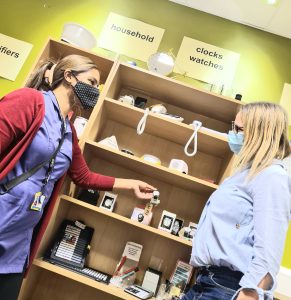
At Beacon, we can provide bespoke support for those living with sight loss. To find out more, drop into one of our centres or get in touch.
Learn more about sight loss and its impact on daily life on the Fight for Sight website.
Explore more about what we do here at Beacon.

As well as supporting people living with sight loss, we also help to raise awareness in our community and beyond.
Continue Reading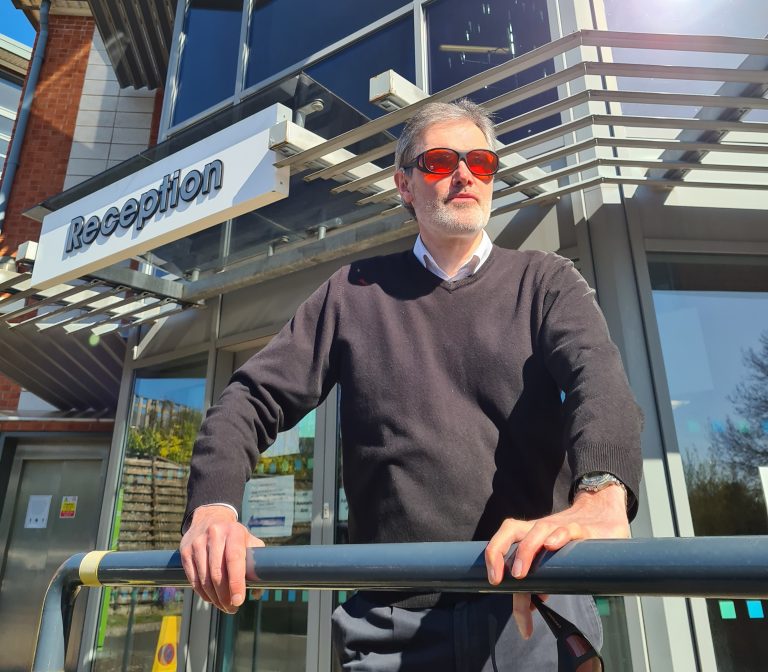
Coming to terms with sight loss can have a huge impact on both the person who is visually impaired and their family and friends, affecting every area of their lives.
Continue Reading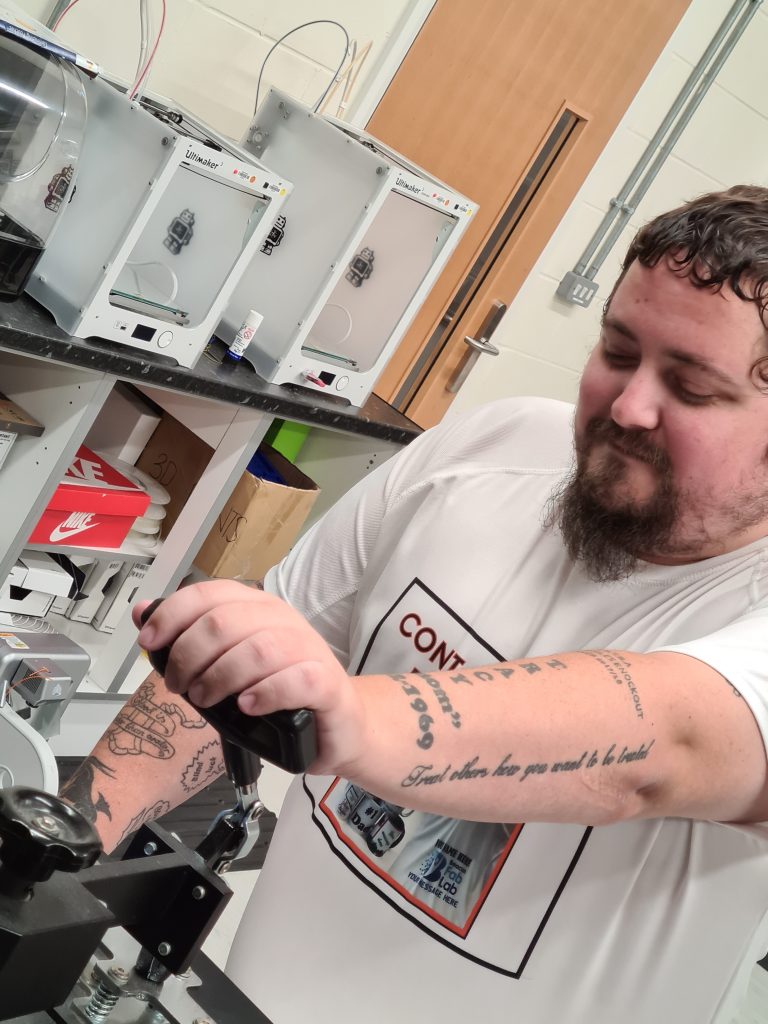
Since 1875, Beacon Vision (then the Wolverhampton Society for the Blind), has been supporting people in the West Midlands living with sight loss. In 1882, we launched our first employment […]
Continue Reading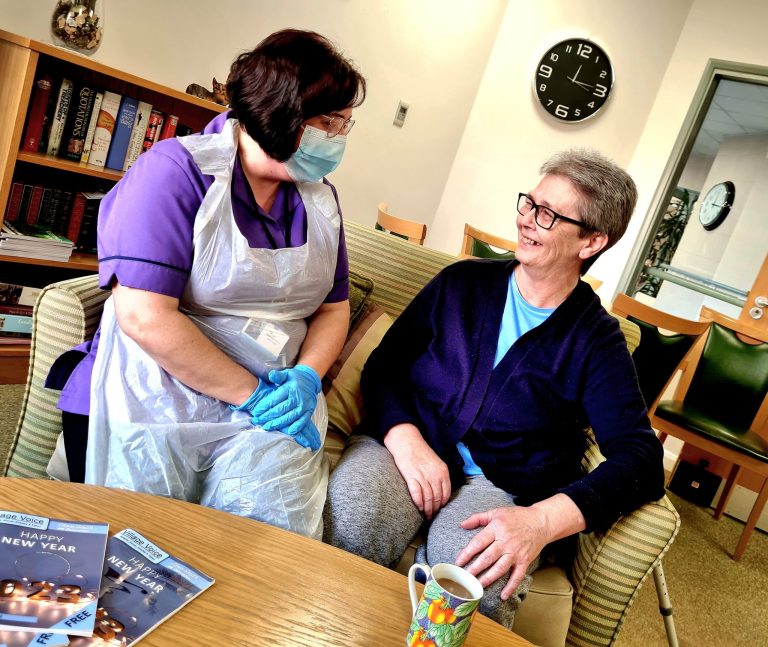
If you need us, we’ll be there – we’ve never missed a care call We offer a range of care services from our experienced, friendly, professional and dedicated team. If […]
Continue Reading
Talking News is a free service which is produced each week for people living with sight loss, to help them keep in touch with their community.
Continue Reading

The Beacon Centre has been running a transport service for over 20 years, helping people to get to our centres at Sedgley and Stourbridge, as well as getting out and […]
Continue Reading
If you or someone in your family has recently experienced sight loss, you might be looking for advice on a specific visual condition. Below, you can find out more about […]
Continue Reading